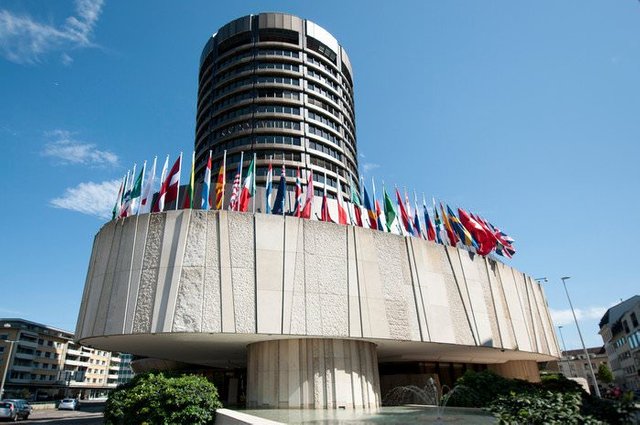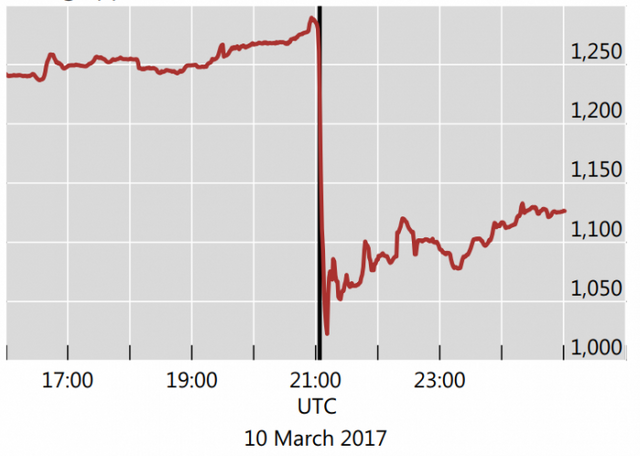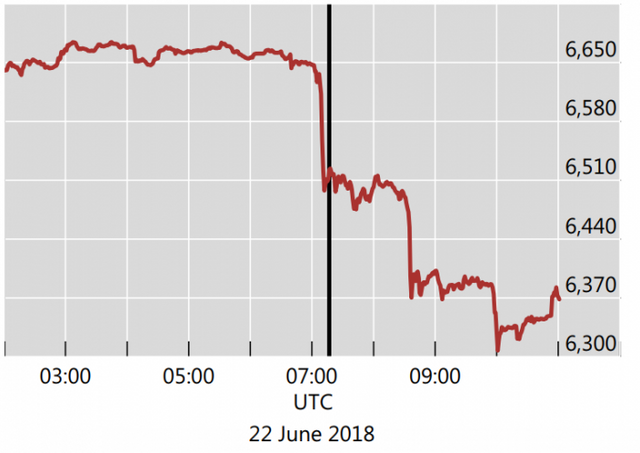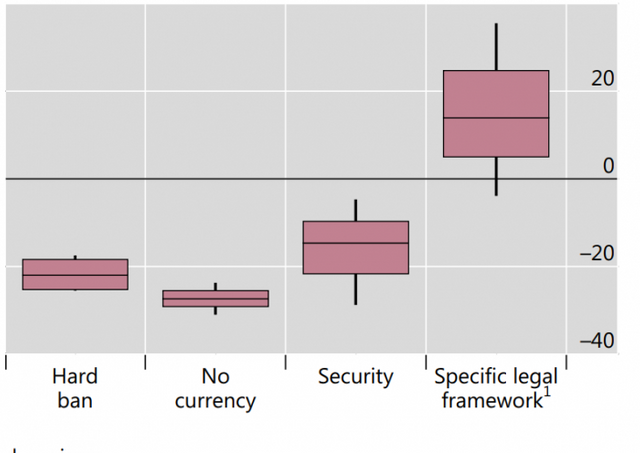BIS reveals link between regulatory news and market moves
Scouring the comments by cryptocurrency enthusiasts on social media one thing becomes apparent. Most believe only transactions – sometimes manipulative or even fraudulent – move prices. Tittle-tattle and gossip on privately-controlled media, they say, doesn’t matter.

Bank for International Settlements, Basel, Switzerland: BIS
The argument goes that because cryptocurrencies – operating on decentralised blockchains – can function without institutional backing, and are intrinsically borderless with no jurisdictional links, they act independently of domestic events.
It follows, then, that news of regulatory changes or policy decisions in individual jurisdictions should, likewise, have little impact on global cryptocurrency prices.
A selection of comments on Reddit in response to the US Securities and Exchange Commission’s (SEC) decision in August to reject nine bitcoin exchange-traded funds illustrates this:
“They are irrelevant. It is time for them and us to conclude they are incumbents. Stop relying on central actors pumping the price and just use bitcoin as intended.”
“What’s funny is that the price didn’t drop at all.”
“Don’t you consider all bitcoin news good for bitcoin?”
BIS Quarterly Report
In its latest Quarterly Report, Basel-based Bank for International Settlements – the so-called central banks’ central bank – provides analysis that counters this opinion.
“Cryptocurrencies are often thought to operate out of the reach of national regulation, but in fact their valuations, transaction volumes and user bases react substantially to news about regulatory actions,” say the report’s authors Raphael Auer and Stijn Claessens.
Indeed, as OpenLedger has been reporting this year, one of the key findings of the BIS report is that news items which continue to obfuscate and confuse the regulatory framework have a negative price impact, while those news items which clarify legal frameworks tailored specifically for cryptocurrencies and initial coin offerings contribute to market gains.
This raises an important issue, the authors say: “Overall, our analysis suggests that, at the current juncture, there is scope to apply regulations, if so decided.
“It also indicates that regulation need not be bad news for the markets, with price responses notably signalling a clear preference for a defined legal status, albeit a light regulatory regime.”
Market reactions
To come to this conclusion required empirical research: the research team used an event study approach. When different jurisdictions announced regulatory decisions and statements, the team measured the market reactions to assess the anticipated effects on cryptocurrency markets – both domestically and internationally.
Two such illustrations are as follows:
The decision by the SEC in March 2017 to turn down the creation of an ETF for bitcoin created within five minutes a 16% drop in the price of bitcoin.

Japan’s Financial Services Agency ordered in June six cryptocurrency exchanges to improve their anti-money laundering protocols, which resulted around the time of the announcement in a 5% drop in the bitcoin price.

The next chart, however, examines returns seen after reports of four specific categories of legal news. The prices responses signal a clear market preference for a defined legal status but under a light regulatory regime, the report says.
Such an example of this type of favourable news is when officials from the SEC and Commodity Futures Trading Commission (CFTC) issued statements that were interpreted by the press as “putting cryptocurrencies on a relatively long leash”.
The chart shows the comparison, over time of this type of news response to other, harsher decisions such as discussions of an outright ban.

The box plots show minimum, lower quartile, median, upper quartile and maximum
Conclusions
While the research might seem frivolous to some, it represents an important conclusion. That a clearer, more transparent regulatory framework could easily be applied across jurisdictions without causing severe market volatility.
Without such clarity cryptocurrency and blockchain innovation risks being stifled: this is why certain regional hubs have been established to allow such enterprises to flourish within a light-touch regulatory framework. These hubs include Malta – the so-called Blockchain Island, the Swiss canton of Zug and the principality of Liechtenstein.
Indeed, greater regulatory clarity could actually favour a more bullish reaction from investors. Certainly, there are many market participants who believe a transparent and global approach to regulations could draw in the institutional players the market needs to improve liquidity and eventually create a more mature and stable market.
Countries such as the US and China, which either completely block crypto assets, or obfuscate and pass the buck between rival regulatory bodies, risk losing their innovators to the lure of the hubs described above. They also risk inadvertently allowing the very behaviour it their mandated responsibility to stop, as fraudulent players circumvent the lack of transparent rules and drive out the genuine players.
Hopes within the industry, therefore, increase that organisations such as the Financial Action Task Force – an anti-money laundering group – will succeed in their missions to establish a global set of standards that help regulate the trade and use of cryptocurrencies.
Post written by Neil Dennis
Neil is a business journalist of some 20 years experience, 16 of those writing, commissioning and editing on the capital markets desk of the Financial Times. He left the FT two years ago to pursue a freelance career, working for FX-MM and Capital.com among others.
Follow OpenLedger!